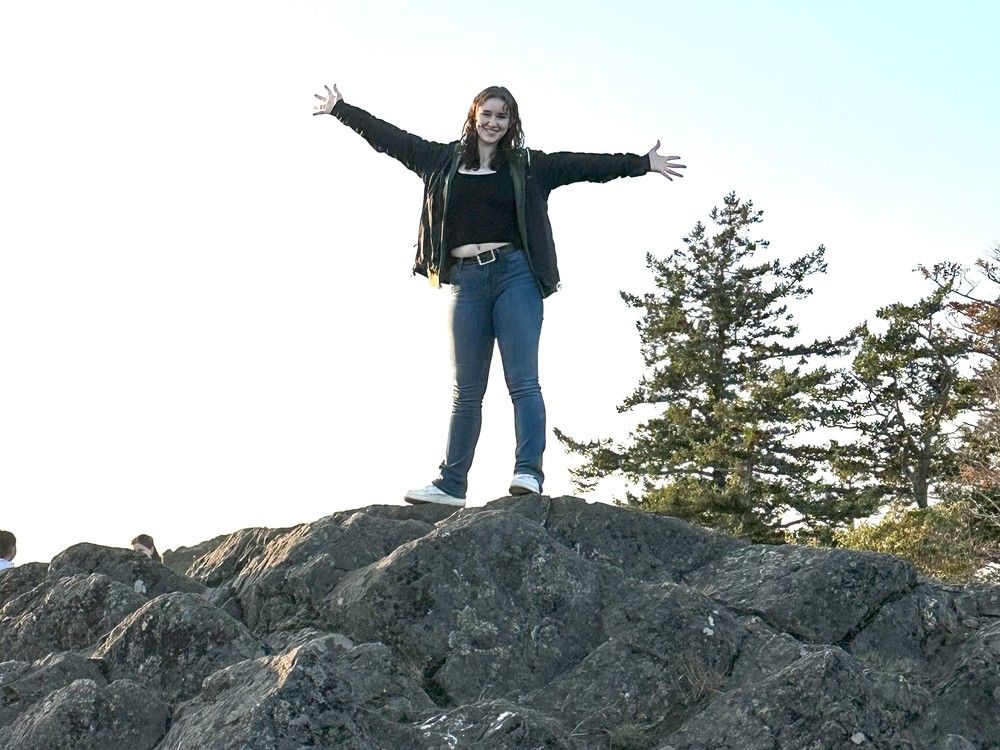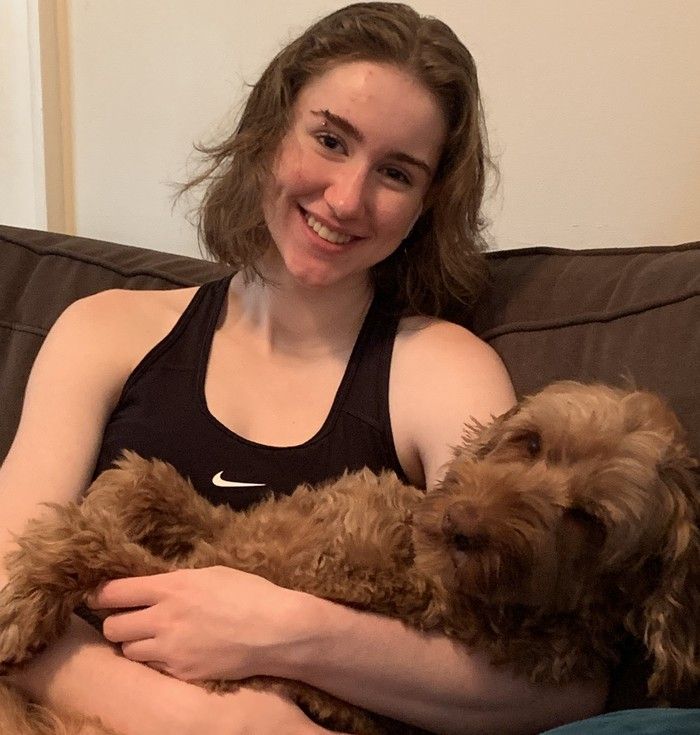
B.C. ambulance is, for the first time, examining how to ensure call-takers don’t take too long to find an address before asking for details about an emergency, an executive testified at a coroner’s inquest into the death of a University of Victoria student.
In response to the preventable January 2024 death of Sidney McIntyre-Starko, B.C. Ambulance COO Jennie Helmer said the agency is looking into how to prompt call takers if they’ve spent a lot of time trying to determine a location.
She did not provide specifics of how and when this change would happen, but one possibility is some type of electronic prompt that would appear on a call-taker’s computer screen.
“The team is working on this in terms of what would be a reasonable time to get that address, and how would they be notified when that limit is reached,” Helmer said on Day 9 of the inquest.
“If there’s something we can put in place that will improve that, we will do that. And so we are in conversations right now about how we would do that and what that would look like.“

Sidney, who was poisoned by toxic drugs, died of oxygen deprivation after not receiving the overdose-reversing drug naloxone for 13 minutes or CPR for 15 minutes.
Her friends phoned 911 immediately after she collapsed but an ambulance was not dispatched until seven minutes into the call, partly due to the call-taker spending 3.5 minutes to find the address for a UVic residence that was built 58 years ago.
The jury has heard that after 1.5 minutes, 911 call-taker Kylie Alfano had all the information she would ultimately get about the location of Sir Arthur Currie residence: the name of the building, the room number, that there was no door buzzer, and a confirmation from the student caller of the address for the university campus.
Alfano spent another two minutes trying to find a specific address for the residence, to gather as much information as possible for paramedics, but ultimately moved on to asking about the emergency after gaining no more details.
The jury has heard that most UVic buildings don’t have unique addresses but share the general campus address, something the university has promised to fix. And a mapping system managed by the province didn’t show the residence, which was constructed in 1967.
Another ambulance service executive testified that using Google maps or callers’ cellphone locations do not always provide reliable information, so 911 relies on the provincial mapping system.
Improvements to that mapping system have been made but it needs more technological upgrades, said Brandon Boyle, an emergency medical call taker manager with the B.C. Ambulance Service.
Boyle defended Alfano taking 3.5 minutes to try to locate the residence, saying an ambulance can’t just be dispatched to a general location while the address is being confirmed because it can slow paramedics down if they get to a scene and don’t know where to go.
“As a call-taker you want to get in and find out what happened, you want to help, but you know that you have to stop, slow yourself down and get (the address) right before moving on,” he said.
Boyle, who testified before Helmer, initially raised concerns that a time prompt could put more pressure on a call-taker trying to find an address, and could potentially lead to discipline.
“You might face something negative that is going to only make the job of getting the address more difficult than it already is,” he testified.
One of the five jurors, though, asked Boyle if it would be useful to have a prompt in the computer system that didn’t necessarily say “work faster,” but reminded call takers how long it has been since address verification started.
“If it was designed the right way, I could see how that could be helpful,” Boyle said.
The student who phoned 911 reported that Sidney was “seizing” and turning blue, which led to the call-taker to enter a seizure protocol in her computer system, which generally has a less urgent response than an overdose call. As a result of Sidney’s case, a review committee has now recommended that ambulance response to seizure calls be upgraded from the second-highest response to the fastest response, Helmer said.
That will result in an average of 20 more “purple calls” per day in B.C. This highest response is used for about three per cent of the 2,000 calls the ambulance services gets daily.
The jury has heard that this case also led to changes that will allow call-takers to ask about possible drug use if they suspect an overdose may be happening, which is scheduled to happen in June. Until now, call takers, who typically have no medical training, were prohibited from asking “leading questions” in the computer software they use to navigate 911 calls.
Call-takers will also now be allowed more latitude for recommending the use of naloxone, even if an overdose hasn’t be confirmed.
And supervisors must now be notified when there is more than one patient at a “non-traumatic event,” a category that includes overdoses in the 911 system.
More to come …
Related
For more health news and content around diseases, conditions, wellness, healthy living, drugs, treatments and more, head to Healthing.ca – a member of the Postmedia Network.